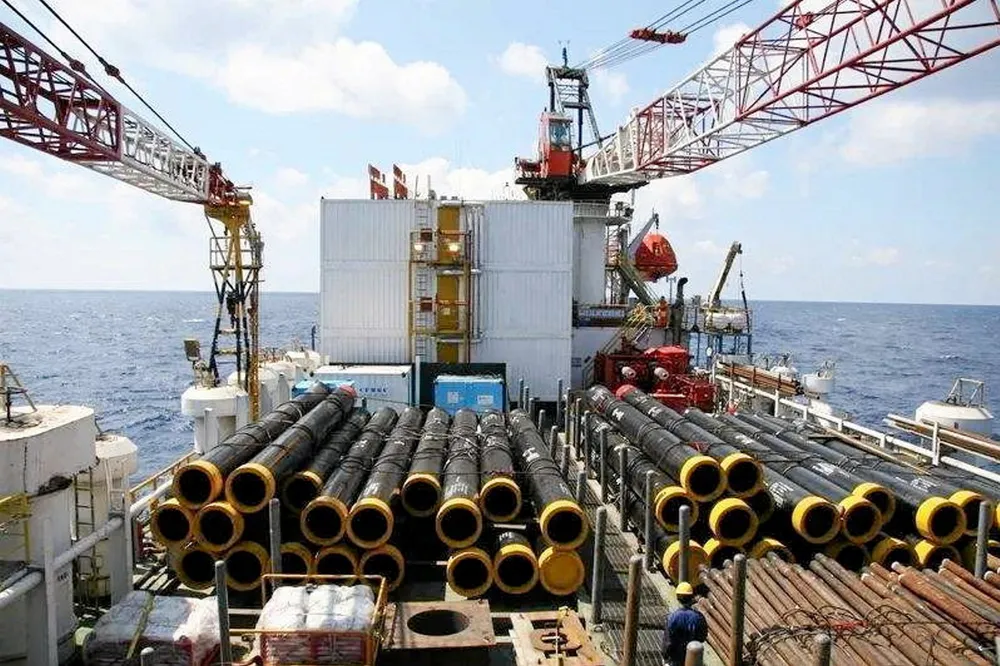CNOOC Ltd seeks advisor to class first floating wind project
Offshore operator has selected three classification societies in a qualification process for classing its first offshore wind project

Offshore operator has selected three classification societies in a qualification process for classing its first offshore wind project
